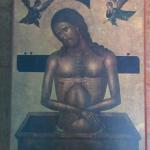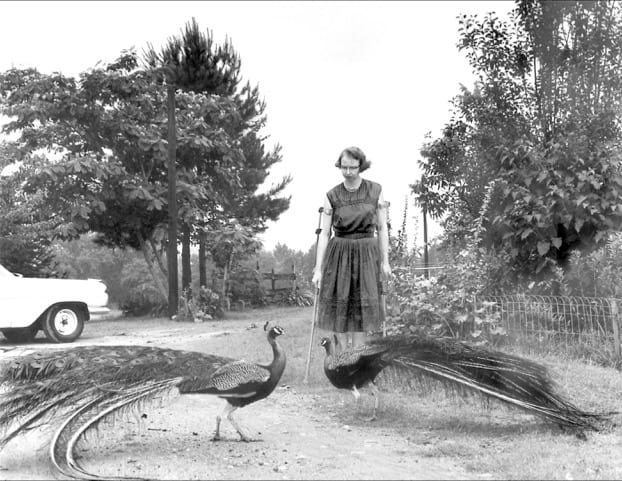“Oh my goodness – Notre Dame is burning!” I texted a friend just a few hours ago.
He immediately replied with Mark 14:58, a verse particularly appropriate for Holy Week: “We heard him say, ‘I will destroy this temple made with human hands and in three days will build another, not made with hands.'”
As I write these words, the great cathedral is still burning; the spire and roof have collapsed; we do not yet know how extensive this damage will be. As always, the online world is reacting fast; perhaps in writing these words I myself am reacting too quickly rather than taking time to let the reality set in and make meaning of it. But the great cathedral’s destruction right at the start of our faith’s holiest season has given me food for thought.
As I began my work day and browsed the morning’s headlines – before the fire broke out – I came upon another news item that caused me much sadness. One of the last four known living members of the Yangtze softshell turtle species has just died, leaving only three remaining members.
Though it is not pleasant to think about, we are living in the midst of a mass extinction, with anywhere from two hundred to two thousand species of living things disappearing each day. In her Pulitzer Prize winning 2014 book The Sixth Extinction, science writer Elizabeth Kolbert traces the human-caused mass extinction that began in prehistoric times and has only accelerated. This extinction – which ultimately may lead to our own species’ demise – is what she calls our greatest legacy. If some distant day extraterrestrial scientists arrive and study our fossil record, this mass destruction will be the main legacy we leave behind.
Most humans I know – including the most profoundly religious ones – struggle with at least some fear of death and dying. For me, it is even harder to grapple with the death of a culture, of a society, of the human race as a whole. The image of an 800-year-old building in flames points to the fragility of not just our individual lives, but all our human works. And the image of a rare, beautiful turtle points to the fragility of life itself.
In this sense it seems most fitting that this destruction is occurring at the start of Holy Week. Just yesterday, on Palm Sunday, Notre Dame was filled with worshipers from around the world celebrating the Eucharist; today it is gone. In a similar way, on the first Palm Sunday, Jesus rode triumphantly into Jerusalem. Just a few days later, his earthly life was cruelly taken; his body was destroyed.
As Christians we believe in the Resurrection. We believe that all destroyed temples will be rebuilt, that a new heaven and a new earth will arise. But sometimes it can be hard to remember the promise of Easter amid the sorrow of Good Friday. Perhaps this is especially true for Catholics – I know some of our Protestant brothers and sisters chide us for focusing too much on the suffering and Jesus rather than the joy of new life. But we know that this death is a necessary component of the new life promised each year when the Exultat is sung: “This is the night, when Christ broke the prison-bars of death and rose victorious from the underworld.
Loss is painful. Change is hard. Our will to live makes it hard to let go of people, places and things that we love. It is hard to fathom the reality that in just a few hundred years or so, most of our names will not be remembered by future generations. We do not know how long it will be before many of our languages will no longer be spoken; the books that we have written will become dust; all our houses of worship will fall. The ephemera of our life – both as individuals and as bigger communities – is painful.
In the translation of the Roman Missal that the Church has used since Advent of 2011, when we recite the Creed, we say, “We look forward to the resurrection of the dead.” I must admit that part of me much prefers the earlier translation: “We look for the resurrection of the dead.” In the face of loss, pain, and shocking change, amid our lamentation, this is what we are called to do: to look for the resurrection, everyday and everywhere, wherever we can find it.












